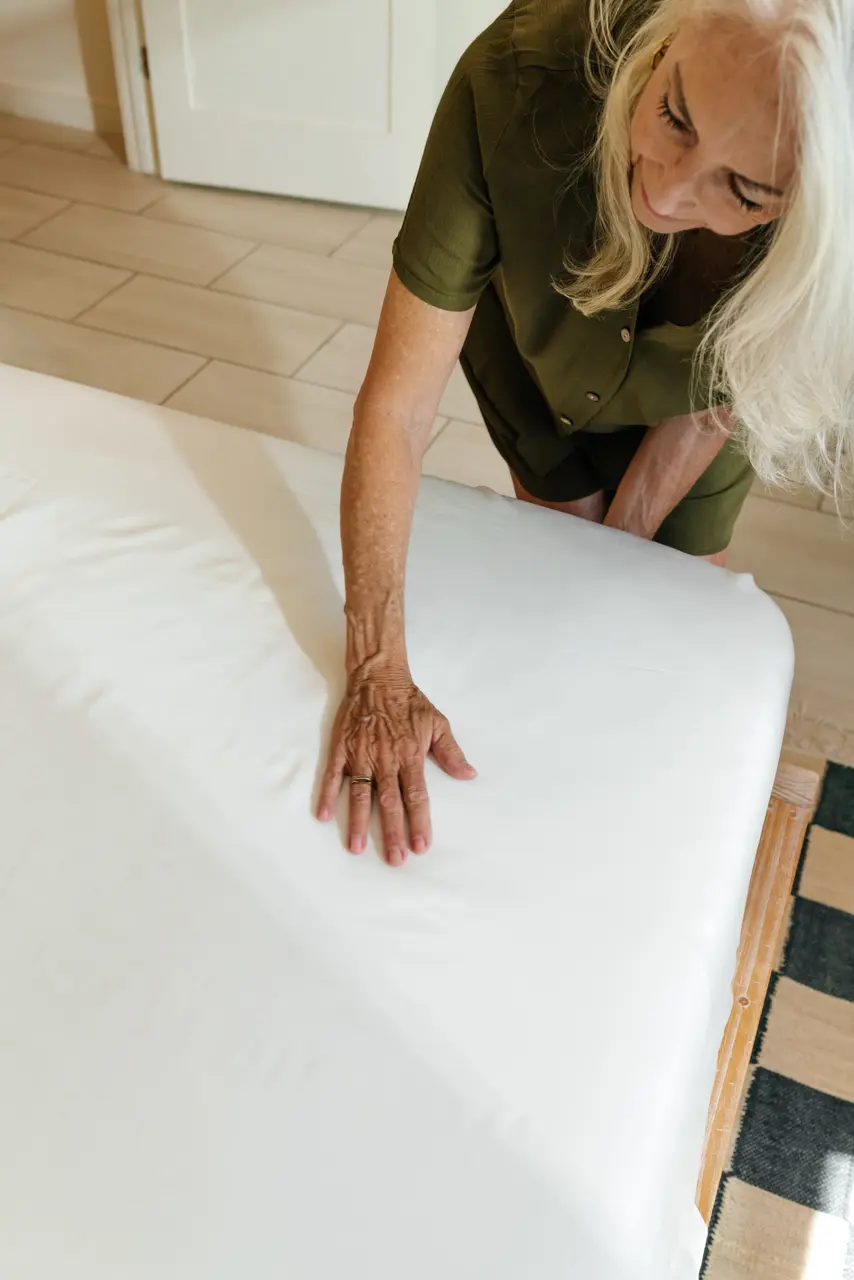The feel of your bedding can significantly impact your sleep quality and comfort. Have you ever wondered what gives bedding that luxurious, soft touch? In this blog, we’ll explore the key factors that contribute to the softness of bedding materials and how you can choose the best options for a restful night’s sleep.
Step 1: Understand Fabric Types
Different fabrics, like modal, silk, and linen, each have unique textures and qualities that affect their softness. Knowing which fabric works best for you is essential.
Let’s start with modal. This versatile fabric is loved for its breathability and natural softness, which can enhance your sleeping experience. The type of modal can further elevate the softness. It’s also hypoallergenic, making it a great option for those with sensitive skin.
On the other hand, silk offers a luxurious touch that feels heavenly against your skin. However, it might require more careful maintenance.
Microfiber, a synthetic fabric, is often budget-friendly yet surprisingly soft, resembling the cushiony feel of fluffier materials.
Understanding the pros and cons of each fabric not only helps you choose bedding that feels wonderful but also aligns with your lifestyle and maintenance preferences.
Step 2: Explore Thread Count
Thread count refers to the number of threads woven into a square inch of fabric. Higher thread counts often result in softer bedding, making this an important factor in your choice.
However, it’s essential to know that a high thread count doesn’t always guarantee superior softness. The quality of the fibers plays a significant role as well. A lower thread count made from high-quality materials can sometimes outperform a higher count made from cheaper fibers.
Generally, a thread count between 300 and 800 is a good range for achieving that soft touch, but beyond 800, the difference might not be as noticeable. Many manufacturers boast high thread counts to attract buyers, but always feel the fabric to ensure it meets your touch preference.
So, when shopping for bedding, keep a balance in mind. It’s not just about the number; consider the overall feel and durability of the fabric.
Step 3: Consider Finish Treatments
Various treatments can enhance the softness of bedding, such as mercerization or enzyme washes. Be sure to look for these finishes when selecting your bedding.
Mercerization, for instance, involves treating the cotton fibers with a sodium hydroxide solution, which can increase sheen and improve strength while giving a softer, smoother surface.
An enzyme wash, on the other hand, can break down parts of the fabric for a softer touch without compromising on quality. This process can also help eliminate excess lint and create a more luxurious feel.
Additionally, some bedding might undergo stone washing, which lends softness through a gentle abrasive treatment, resulting in a fluffy finish that’s hard to resist. Always check the labels for these treatments to ensure you’re getting the best softness.
Step 4: Choose Quality Over Price
Investing in high-quality bedding may seem costly, but it often provides a softer touch and longer lifespan than cheaper alternatives. Your comfort is worth the extra expense.
Think of it this way: the amount of time spent in bed makes every penny count. Choosing quality materials means you’re not just buying sheets; you’re investing in better sleep and overall well-being.
Additionally, high-quality bedding often improves with each wash, becoming even softer over time, while cheaper fabrics tend to wear thin and lose that luxurious feel.
Do your research. Look for brands known for their quality assurance and customer reviews. It can help prevent a bad purchase down the line. Remember, in the world of bedding, the saying holds true: you truly get what you pay for.
In Summary
By understanding the materials and factors that contribute to the softness of bedding, you can make informed choices that enhance your sleep experience. Whether it’s the fabric type, thread count, or care methods, every detail plays a role in how cozy your bed feels. Make sure to consider these elements the next time you shop for bedding.








Leave a comment